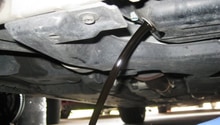Lexus: How to Jack Up Your Car
Lift your Lexus the correct way using the center of vehicle gravity.
This article applies to the Lexus IS, ES, GS, and RX (2005-2014).
All Lexus models come with a scissor jack. While light and inexpensive, they tend to have a low weight rating and are tedious to use. Typically, they're also pretty flimsy which makes working with them stressful. In a pinch, they're fine. That said, a real hydraulic jack is a must have.
Investing in a bottle jack or a hydraulic floor jack is a good idea for any owner with dreams of becoming a home mechanic. Since a jack only has to lift one end of the vehicle at a time, a jack rated between 1.5 and 2 tons should be sufficient. Heavier vehicles like the LX should probably be lifted with a 2 ton jack at minimum (its curb weight is around 6000 lbs!). Bottle jacks are more compact but less stable due to their small bases. Floor jacks are easier to use and more stable but tend to cost more overall.

Materials Needed
- A reliable floor jack
- A pair of reliable jack stands
- A pair or two of wheel chocks
- Another pair of jack stands if you want to lift up all 4 corners of your car (optional)
Step 1 – Chock the wheels
Before lifting the vehicle, it's important to "chock" the wheels on the opposite end. Basically, this means slipping some kind of blockage behind the tires to prevent the vehicle from rolling. People frequently use whatever they can get their hands on; cinderblocks, chunks of wood, and bricks are all fair game. Chocks can be bought from any auto parts store if there's a lack of heavy, large objects nearby.
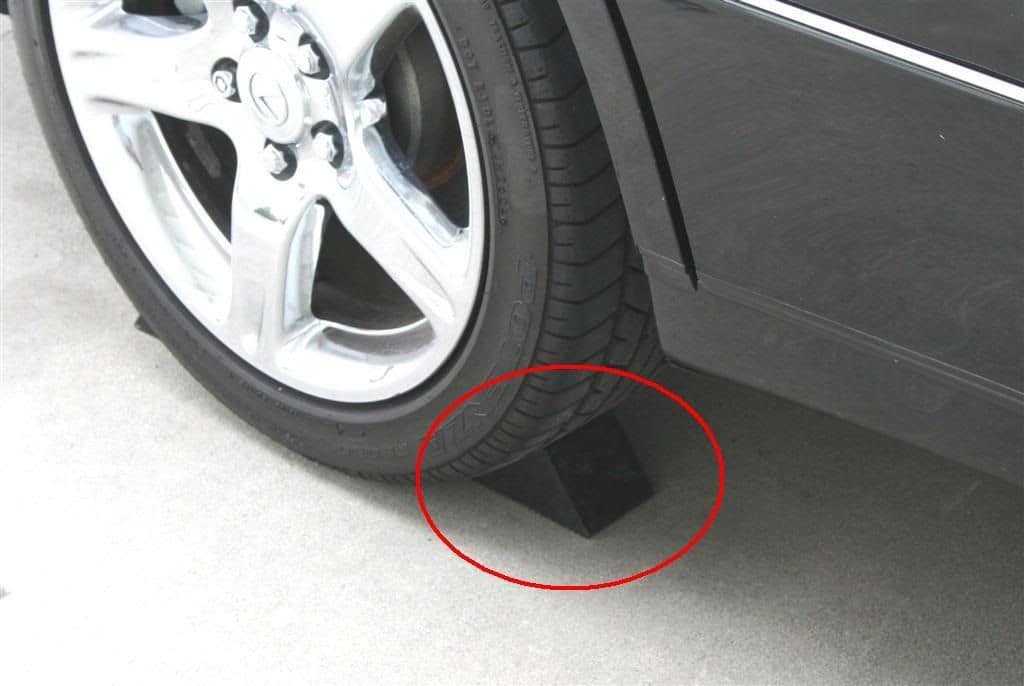
Step 2 – Identify jack points
The front-end of Lexus' rear-wheel-drive sedans like the IS and GS are designed to be lifted by the front crossmember. The crossmember is the structural support that spans from wheel to wheel. It's metal and easily visually identifiable as "the big metal support" under the front end of the vehicle. The Lexus ES and RX will have a similar jack point. Their frame rail runs right behind the radiator.

Figure 2. Lift points for the Lexus ES and RX. 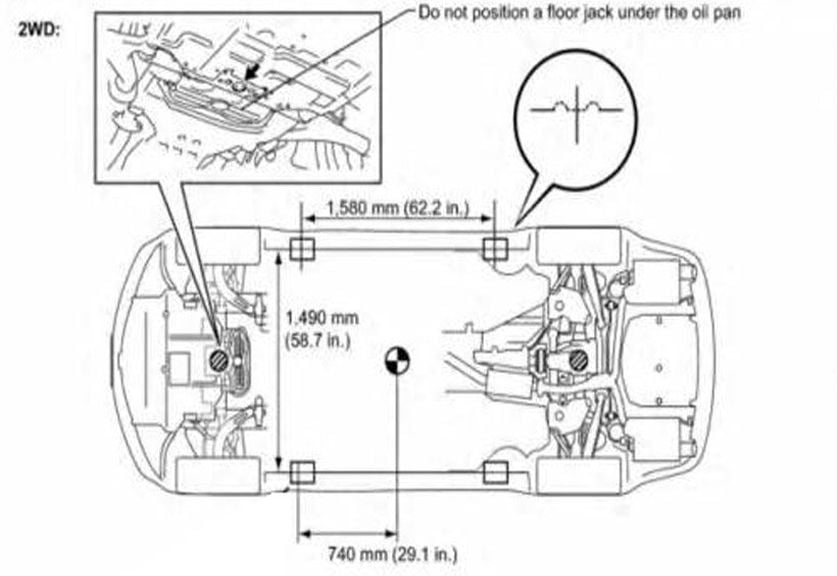
Figure 3. Lift points for the Lexus IS and GS.
Step 3 – Jacking up the car
Push the jack under the car towards the lift point. Be sure the jack is located on the jack point and not some other part of the undercarriage. Pump the jack to lift the vehicle.

Figure 4. Circled above is the front jack point in a Lexus IS. 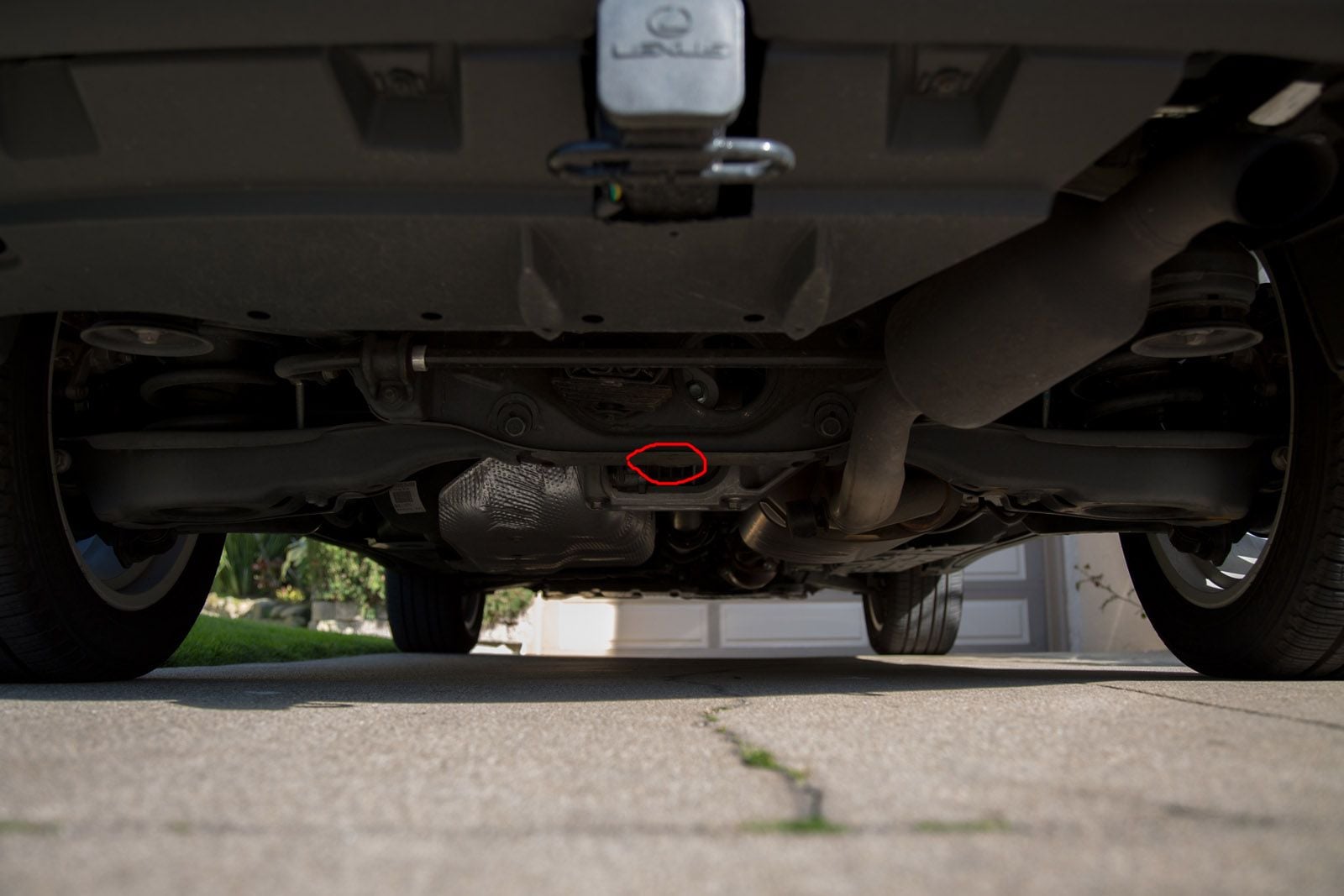
Figure 5. Lexus RX rear crossmember jack point.
Pro Tip
Lexus SUVs, like the RX and the LX, are lifted the same way but require special considerations. Because of their height, the hydraulic jack will have to be one built for use with SUVs. It needs at least 22 inches of reach. Also, the jack should be capable of lifting half the weight of the vehicle. Sticking with a 2 ton jack is suggested.
Step 4 – Lower vehicle onto jack stands
Support the lifted vehicle with jack stands. Either use points noted in Figures 6 and 7, or place jack stands along the frame rails. Both places are strong enough to support the weight of the vehicle without buckling. What's important is that the vehicle's weight is supported securely.
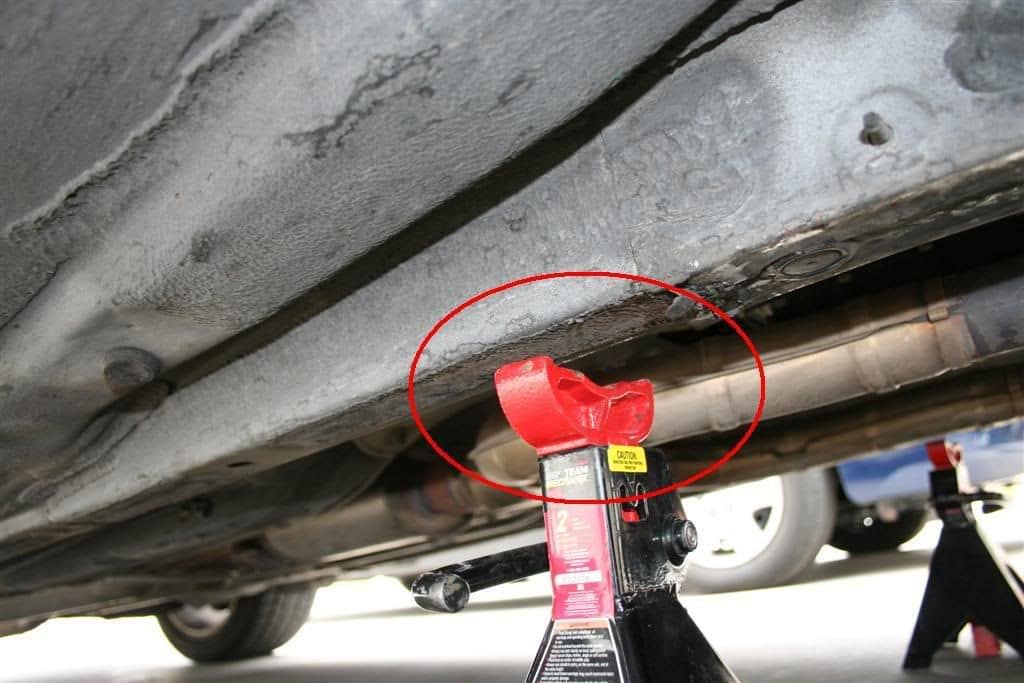
Figure 6. Place the jack stands underneath the frame rails. 
Figure 7. Jack stands underneath the frame rails.
Featured Video: How to Jack Up Lexus IS
Related Discussions
- How to Jack Up Car DIY - ClubLexus.com
- Lexus IS and Lexus GS Jack Point Discussion - ClubLexus.com
- Proper Lexus ES 350 Jack Point - ClubLexus.com
- Lexus RX Lift Points with Discussion - ClubLexus.com



